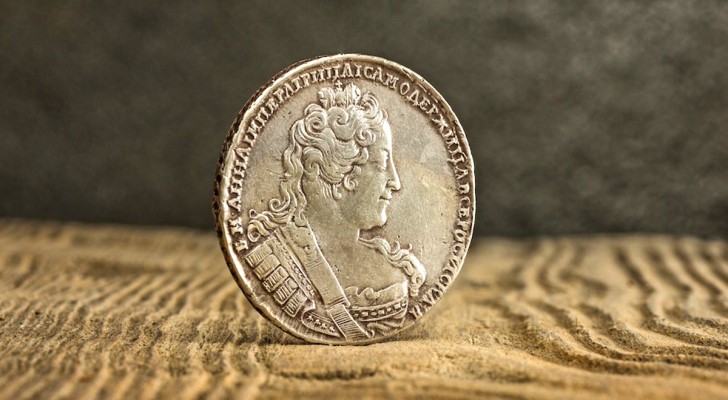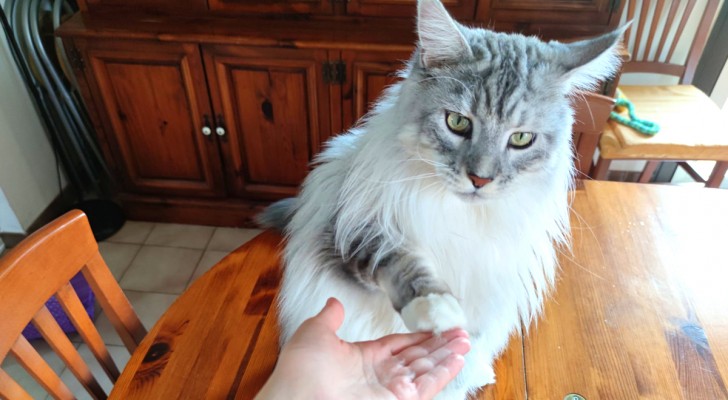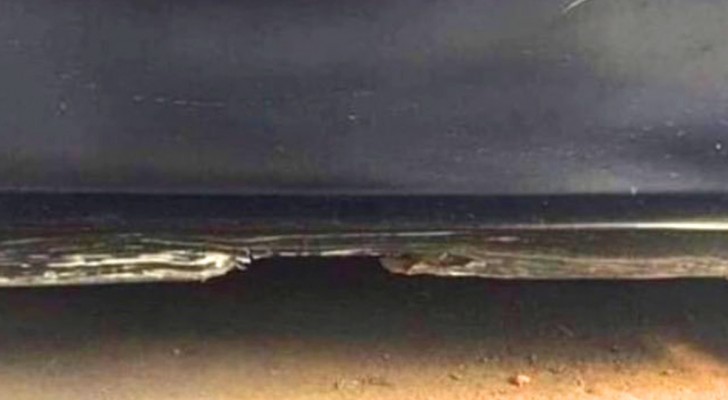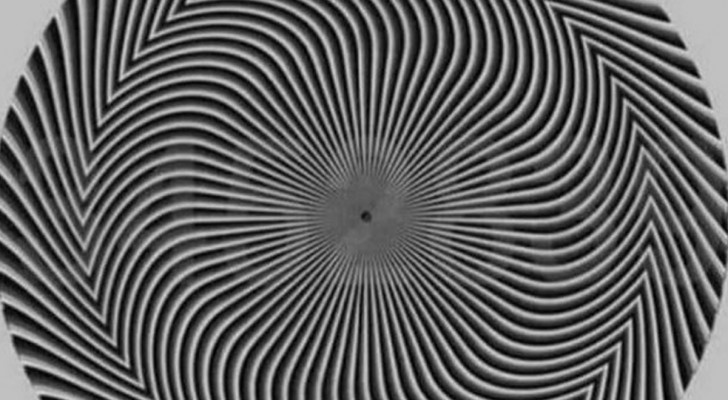11 objects that you have always wanted to know how to use, but have never dared to ask ...
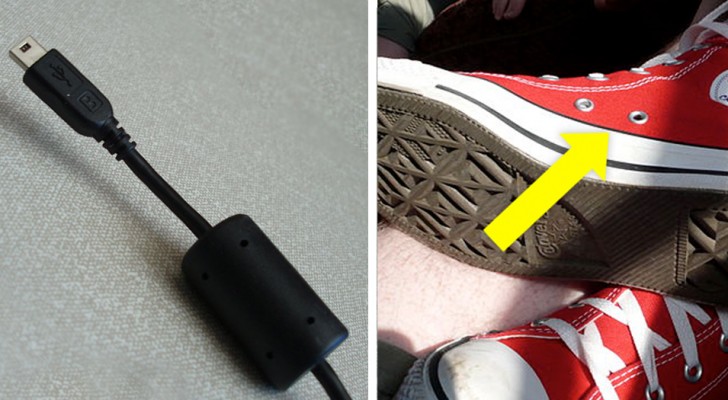
Does it also happen to you to ask yourself what is the purpose of a particular feature on an object, even though the object has had a fixed presence in your daily life, but there is still an obscure detail?
Often we neglect to investigate fully, because usually, it is a particular that is not a determining factor for our day, or because when we have a doubt, at that moment, we do not know who to ask to get an answer.
Therefore, here we relieve you of your confusion - and lack of knowledge - by revealing the mystery of eleven small objects, of which you have always wanted to know the use, but have never dared to ask. ;)
1. The loop on the back of a dress shirt.
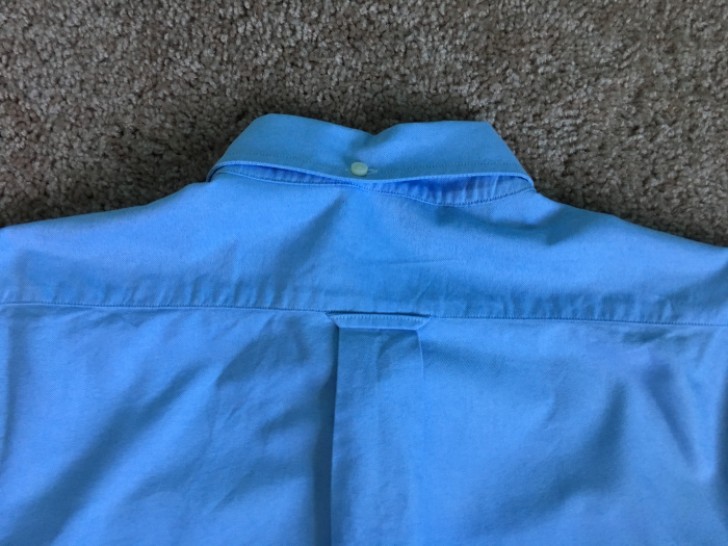
The simplest explanation is that it serves to hang a shirt. Another, more historical, brings us back to the era of removable collars and handkerchiefs and it may have been designed to tighten a tie in some way. But there is an interpretation that is more romantic! It is the story of a student at an American university who vowed to remove the loop from his dress shirt only after meeting his soul mate who, in turn, would have started wearing a scarf with the emblem of the university of her beloved.
2. Extra eyelets on sneakers.
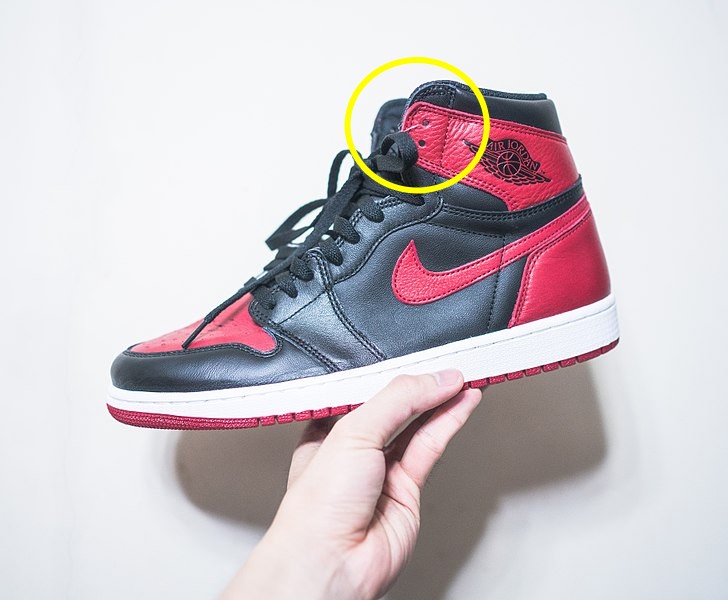
If you thought they were an aesthetic detail, you were wrong! These eyelets have a very precise function, as well as being very useful for those who practice a lot of sport. Lacing up the shoe as shown in the video, allows you to bind the shoe better to your foot, thus preventing you from losing it, but also providing greater protection for the ankle.
3. Horizontal buttonholes on a shirt.
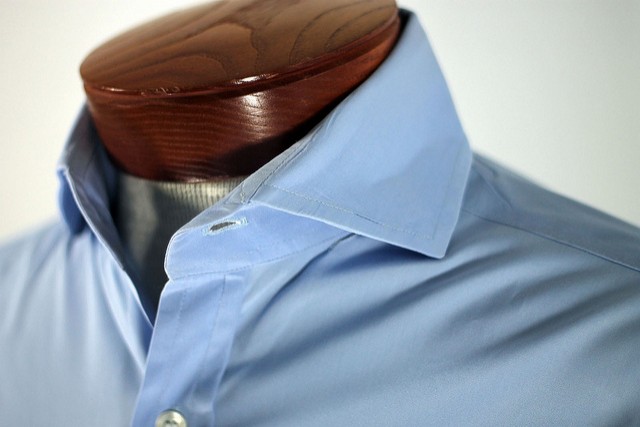
Once again, the shirt proves to be the source of unresolved mysteries! Why do we find both horizontal and vertical buttonholes at the top and bottom, and not vertical like all the others? The reason is that in those points the body's movements could more easily unlatch the buttons; but there is a reduced probability in the case of - or thanks to - the buttonholes placed in a horizontal position.
4. The hole in the spaghetti spoon.
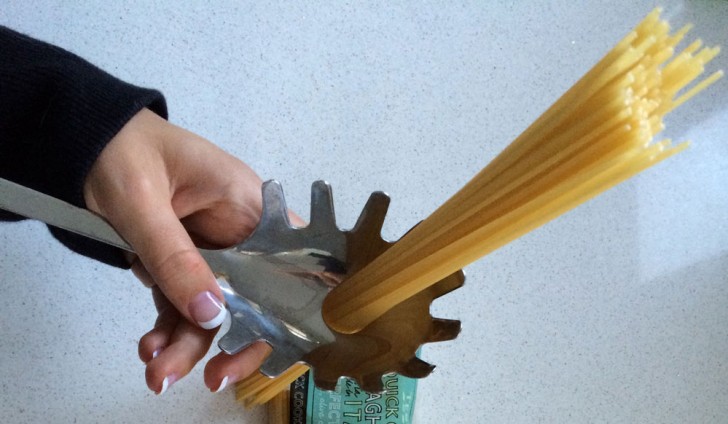
popsugar.comgoodhousekeeping.co.uk
An enigma that should be clear to all Italians, at least! The hole in the spoon measures, in fact, the right amount for an average portion of spaghetti.
5. Eyelets on Converse sneakers.
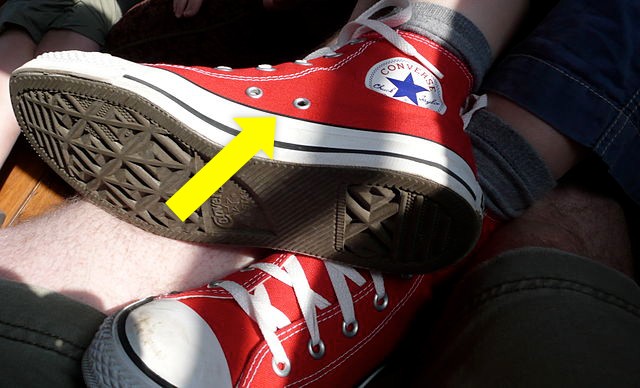
Different from the eyelets on the sneakers shown previously, those on Converse-All Star sneakers serve to better adapt the shape of the shoe to the foot, and to ensure greater breathability.
6. The hole in the top of the cap of common ballpoint pens.

A trivial detail, which we have always taken for granted, but which in reality is a real life-saver! In fact, in the event that the cap is carelessly ingested, it would still let enough air pass allowing a person to breathe.
7. The pocket and the rivets on jeans.
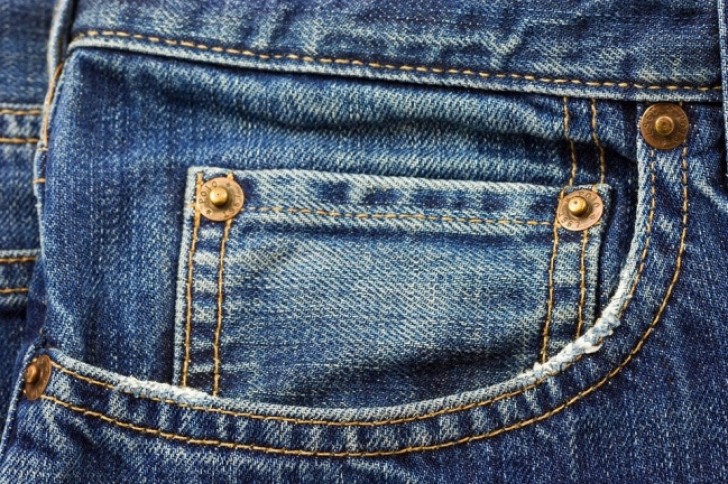
Although it can hold very small objects, the idea of the pocket can already be found in the original design of Levi's jeans, from 1873. In fact, the real purpose was to hold pocket watches, and, not surprisingly, still today it is commonly indicated by clothes designers as a jeans "watch pocket".
It is a different story for the rivets, which instead were not part of the first versions of jeans; and yet they soon became necessary. Used mainly by workers, jeans tended to wear out in some specific points; it was then that the idea was born of applying small rivets in those points, in order to reinforce and protect them better.
8. The blue part of an eraser.
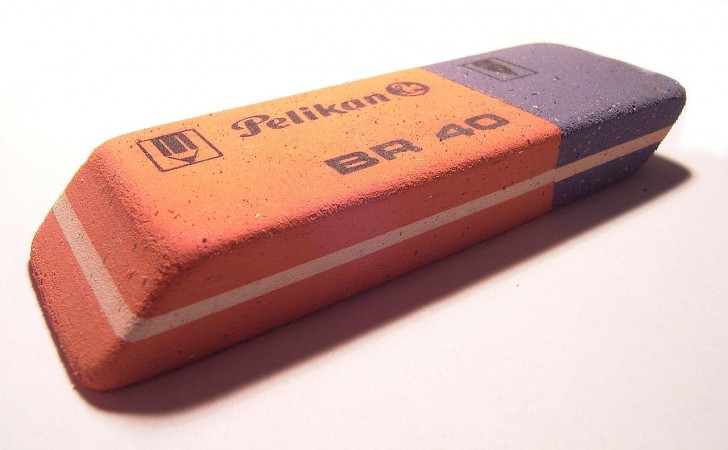
If you are convinced that it serves to eliminate the traces of ballpoint pen marks, you are right, but not completely. Originally this blue part was designed to remove marks from thick paper. The pink part, in fact, can leave a trace of what it erases, but the blue one gets rid of everything. However, after the producers realized that people did not understand the real purpose, they began to promote its use to eliminate ballpoint pen marks.
9. The small hole in the window of a plane.
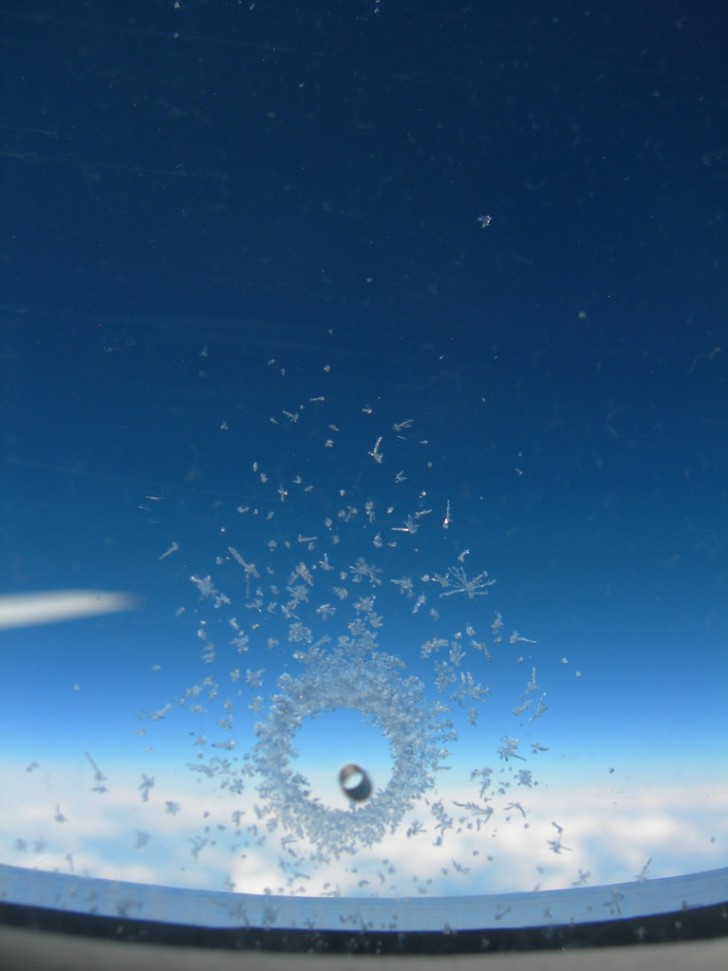
This little hole helps, because of its smallness, to increase the safety of an aircraft. In fact, the windows of an aircraft are composed of two reinforced sheets of plastic, which, if completely separated, would be subjected to two types of pressure that are significantly different, resulting in breakage. Thus, the small hole allows air to circulate between one sheet of plastic and the other thereby equalizing the pressure levels.
10. The extra fabric supplied with the new clothes.
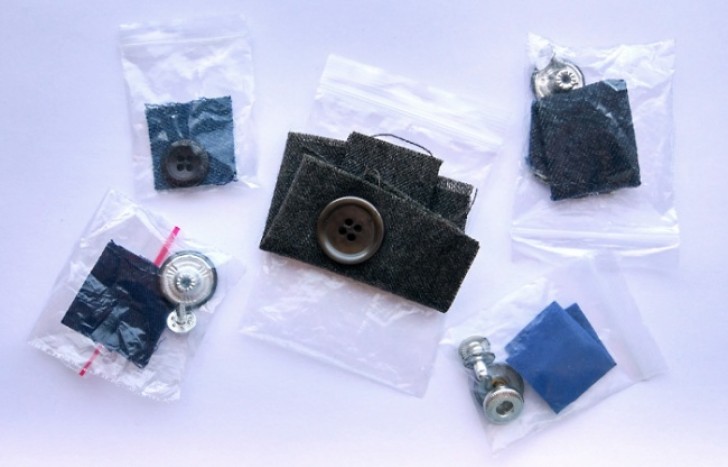
Far from being used as patches to mend clothes, these pieces of fabric are designed to allow you to test detergents and bleach by checking their reaction, before submitting the actual clothes to the same treatment.
11. The cylinder on the laptop power cord.
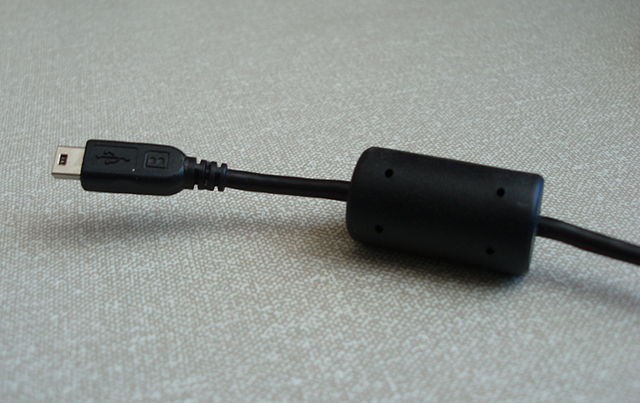
If you have never tried to open it to reveal its mystery, now you will no longer be tempted --- we will reveal it to you! This small device is called a ferrite bead or generically, a choke and is very useful. In fact, it is used to suppress high-frequency noise in electronic devices.


